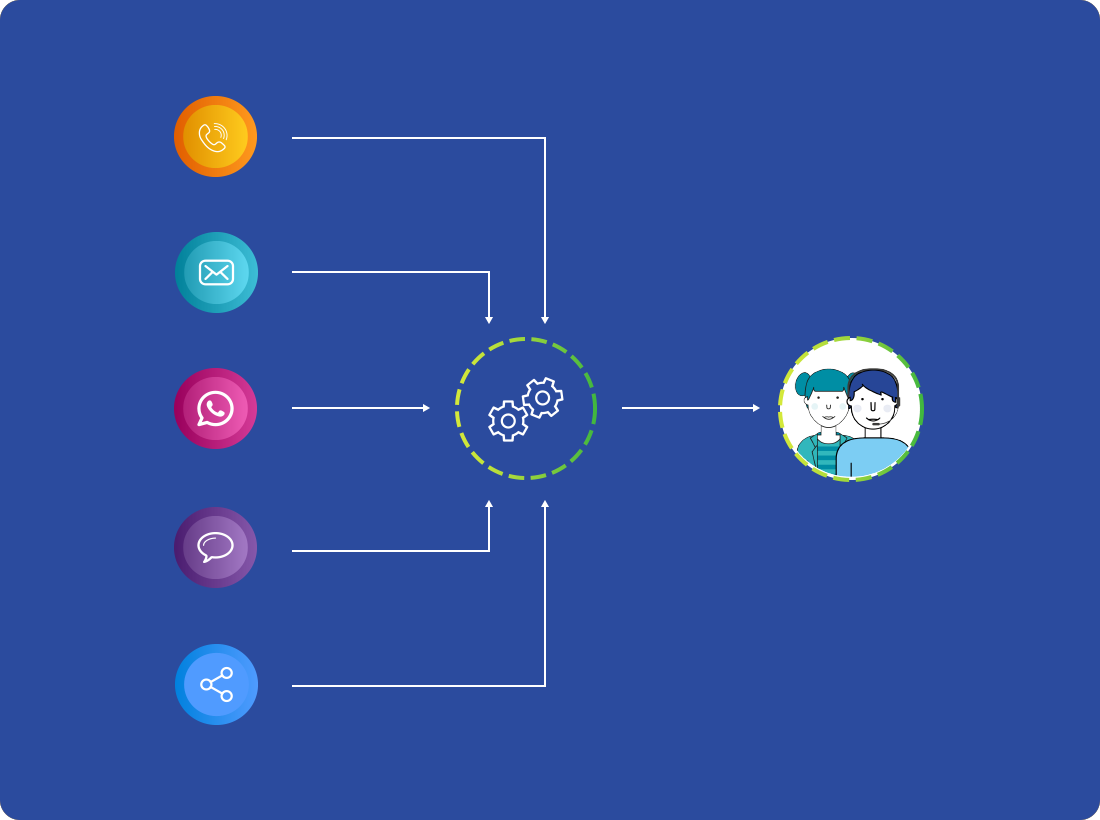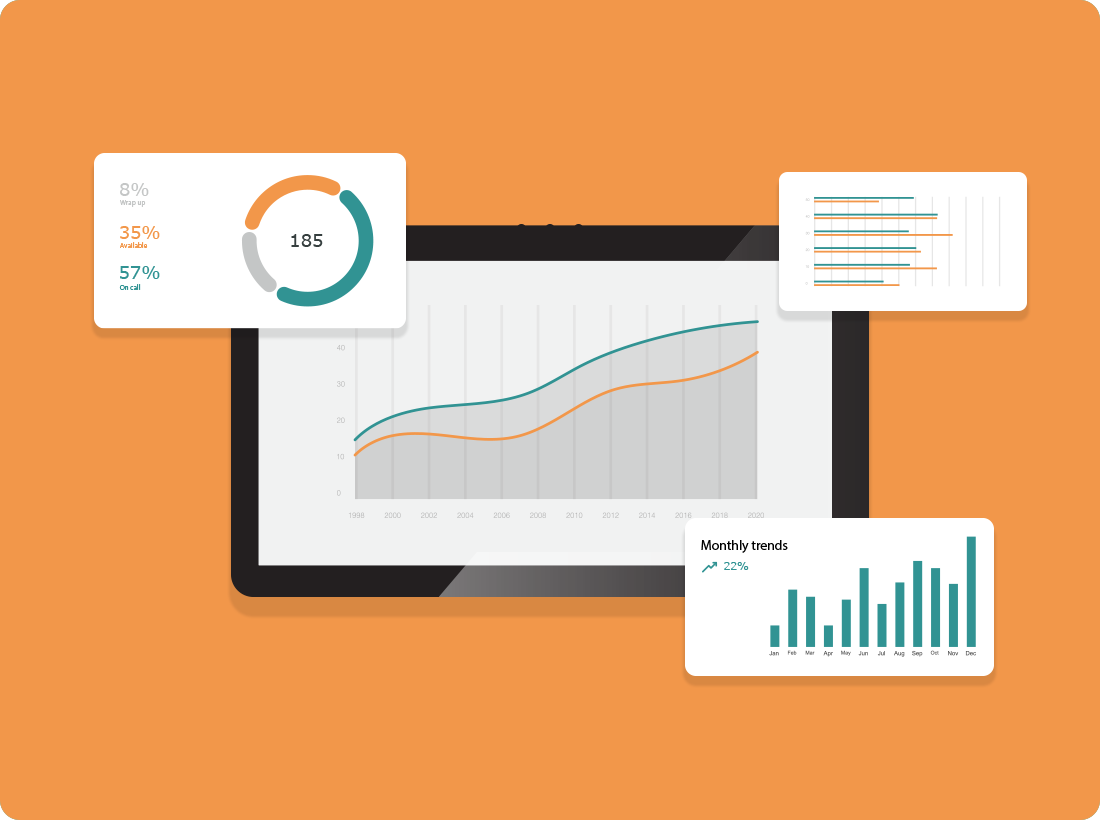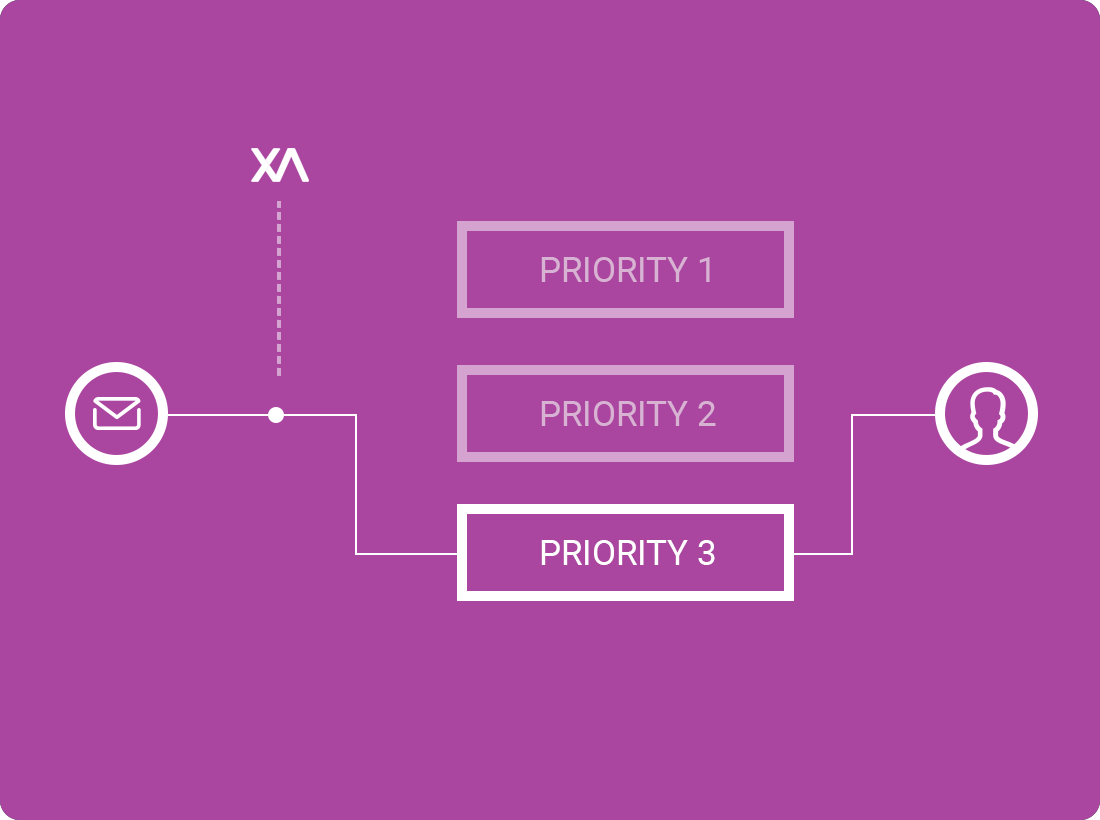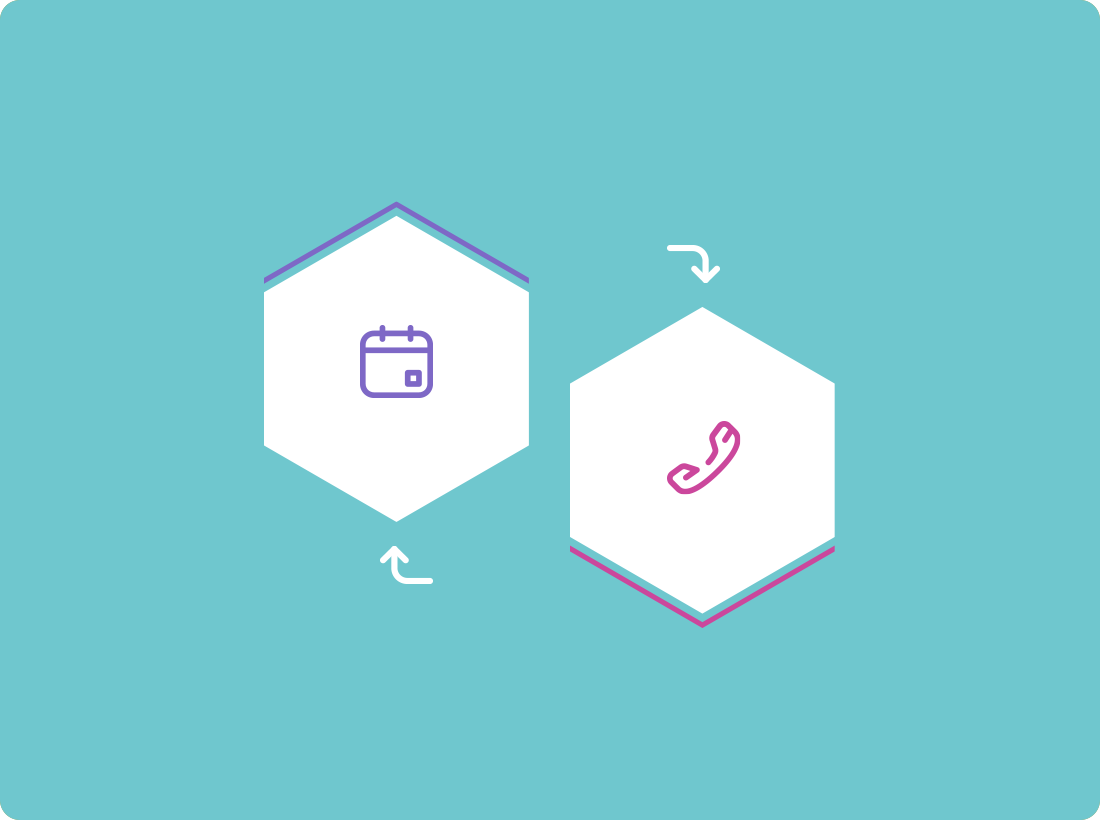Five features for effective queue management
Excessive queue times are a problem for over 85% of customers. [1]
Queue management is maybe not the first thing that comes to mind when you think about good customer service. But the queue is integral to the customer journey: inquiries to contact centres are filtered into queues, from where they are passed to an agent, who resolves the customer’s query. If a contact centre’s queue management capability is poor, then its customer experience will also be poor.
That direct relationship between queue management and customer experience is made apparent by market research findings. A major annual survey published by industry analysts, ContactBabel, reports that the three most frustrating customer service experiences reported by consumers in 2023 are:
- 85% say the queue time is too long.
- 71% say there are too many options on the phone menu.
- 66% say the person answering can’t help and passes me to another person. [1]
Each of those problems is affected by how well the contact centre manages interaction queues. A large part of that task is taken care of by software. As you might imagine, the best contact centre software applications are packed with features for managing customer interaction queues effectively.
Below are five essential features of contact centre software that contribute to the effective management of interaction queues.
1. Automatic call distribution
Automatic call distribution (“ACD”) is a fundamental requirement of the telephony systems used by contact centres to take inbound calls. As its name suggests, ACD automatically routes incoming calls to the most appropriate agent or team, based on predefined criteria. Those criteria might include factors such as agent skills, language proficiency, and workload. By making informed routing decisions, ACD helps contact centres reduce customer wait times, which improves customer satisfaction.

However, some telephony systems provide more ACD options than others. For example, not every telephony system lets you use Interactive Voice Response (“IVR”).
Consequently, when thinking about your contact centre’s telephony channel, it’s important to consider how its flavour of ACD might impact on your business’s performance.
From customer perceptions of quality and effort to the actual queue times and time to answer rates, ACD can help or hinder the customer. For instance, if implemented effectively, ACD will reduce call wait times. But on the other hand, a limited configuration of ACD can end up lengthening the time it takes for a call to be answered.
With Syntelate XA, you have access to highly versatile ACD configuration options, thanks to its compliance-tested integrations with leading telephony systems.
2. Queue monitoring and reporting
Queue monitoring and reporting enable supervisors and managers to keep a close eye on interaction queues in real time. They can view the number of interactions waiting, the average wait time, and the longest wait times. With access to such data, contact centre leaders can identify bottlenecks, adjust staffing levels, and make data-driven decisions to manage queues effectively.

When interaction queues are managed well, the contact centre operates more efficiently. There’s a beneficial knock-on effect across operations.
These features are a key part of Syntelate XA’s real-time and historical reporting. Using diagnostic and descriptive analytics processes, Syntelate XA’s Dashboard Desktop gives your contact centre managers the data they need to make decisions on operational activity.
3. Priority and SLA management
Contact centre software often includes the ability to set priority levels for different types of interactions or customers. High-priority interactions can be given precedence over lower-priority ones in the queue. Additionally, service-level agreement (“SLA”) management ensures that interactions are handled within specified response time or resolution time limits. Agents and supervisors can receive alerts for interactions at risk of breaching SLAs, allowing them to prioritise accordingly.

In Syntelate XA, you can manage email priority levels according to a wide range of criteria by adding an email rule. For chat-based channels, you can create priority groups to direct different chat queues to the appropriate agent team, such as trainees or experts.
As well as routing to prioritised agent groups, you can sort interactions within a queue by date, agent and the interaction’s level of priority. You can also specify additional fields for Syntelate XA to sort interactions by. These features give you an impressive degree of control over your interaction queues.
4. Callbacks
Long wait times can be frustrating for customers. A callback feature offers an alternative solution. When the queue is busy, customers have the option to request a callback instead of waiting on hold. The software places them in a virtual queue and automatically connects them to the next available agent. This reduces perceived wait times, improves customer experience, and can also optimise agent productivity.

In Syntelate XA, callbacks are supported by each of the outbound telephony channels that Syntelate XA integrates with. The callback is set by the telephony system and handled on the agent desktop of Syntelate XA.
Another way to manage callbacks using Syntelate XA is to implement a booking system, which lets managers use Syntelate XA to control callback volumes by the hour, day, and weekly pattern.
5. Intelligent workload balancing
This feature ensures that interactions are distributed evenly among available agents. It takes into account agent availability, skills, and workload to allocate interactions efficiently. By preventing any single agent from being overwhelmed while others remain idle, workload balancing helps maintain a balanced queue and minimises overall wait times for customers.

Intelligent workload balancing is a core feature of Syntelate XA, provided by its Worklist Engine. Every web chat, email, SMS, social messaging chat, and imported outbound call is processed by the Worklist Engine, which checks each interaction before placing it in the relevant queue.
It’s easy when you know how
Together, these five features help contact centres fine-tune their interaction queues, resulting in enhanced customer experiences, higher agent productivity, and improved operational efficiency.
Find out how Syntelate XA could improve your contact centre’s queue management: get in touch to arrange a no-obligation call.
Sources
[1] ContactBabel, ‘Exceeding UK Customer Expectations 2023-24’. Available at: Exceeding UK Customer Expectations | ContactBabel. Accessed on 17 August 2023.
